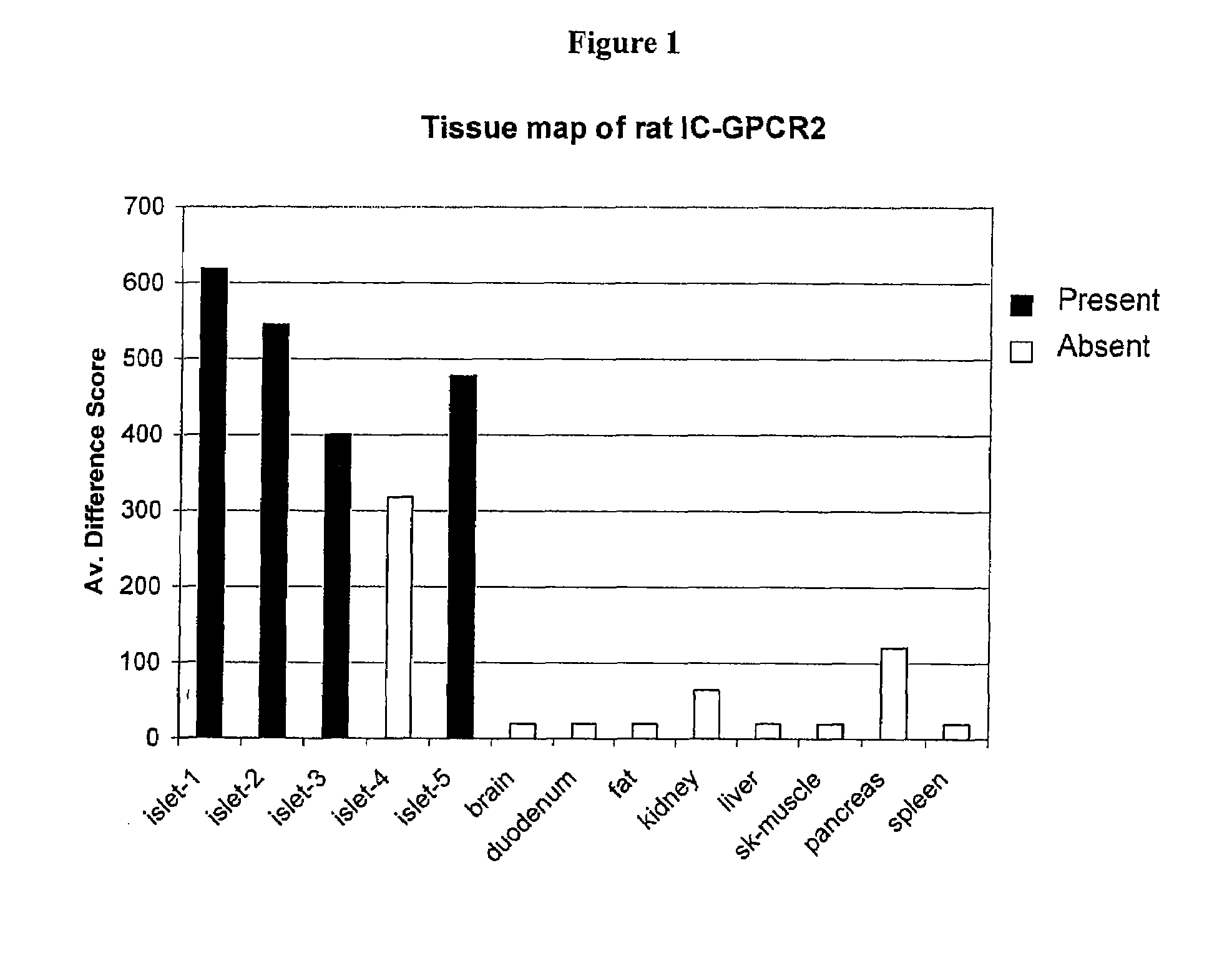Heterocyclic receptor agonists for the treatment of diabetes and metabolic disorders
a technology of heterocyclic receptor and agonist, which is applied in the direction of biocide, drug composition, metabolic disorder, etc., can solve the problems of hyperglycemia (abnormally high level of glucose in the blood), diabetes of patients with high levels of these antibodies, etc., to achieve the effect of increasing insulin secretion
- Summary
- Abstract
- Description
- Claims
- Application Information
AI Technical Summary
Problems solved by technology
Method used
Image
Examples
example 1
4-[4-(4-Methanesulfonyl-phenoxymethyl)-thiazol-2-yl]-piperidine-1-carboxylic acid tert-butyl ester
[0319]
[0320]A mixture of 4-(4-Chloromethyl-thiazol-2-yl)-piperidine-1-carboxylic acid tert-butyl ester (Intermediate 1, 463 mg, 1.46 mmol), 4-methanesulfonyl-phenol (252 mg, 1.46 mmol) and K2CO3 (404 mg, 2.92 mmol) in acetone (25 mL) was heated under reflux overnight. After cooling, the solid was filtered through a pad of celite. The filtrate was concentrated in vacuo. The residue was purified on silica gel (EtOAc-hexanes, 1:1) to afford the desired product. 1H NMR (CDCl3): δ 7.88 (2H, d, J=8.8 Hz), 7.23 (1H, s), 7.12 (2H, d, J=8.8 Hz), 5.24 (2H, s), 4.21 (2H, br), 3.17 (1H, m), 3.04 (3H, s), 2.88 (2H, m), 2.11 (2H, m), 1.73 (2H, m), 1.47 (9H, s).
[0321]The compounds in Examples 2-19 were synthesized from 4-(4-Chloromethyl-thiazol-2-yl)-piperidine-1-carboxylic acid tert-butyl ester (Intermediate 1), 2-[4-(4-Chloromethyl-thiazol-2-yl)-piperidin-1-yl]-5-ethyl-pyrimidine (Intermediate 2), 4...
example 2
4-[4-(4-Imidazol-1-yl-phenoxymethyl)-thiazol-2-yl]-piperidine-1-carboxylic acid tert-butyl ester
[0322]
[0323]1H NMR (DMSO-d6): δ 8.12 (1H, s), 7.63 (2H, m), 7.54 (2H, d, J=9.2 Hz), 7.15 (2H, d, J=9.2 Hz), 7.05 (1H, s), 5.15 (2H, s), 3.98 (2H, m), 3.21 (1H, m), 2.87 (2H, m), 2.01 (2H, m), 1.52 (2H, m), 1.39 (9H, s).
example 3
4-[4-(4-Acetylamino-phenoxymethyl)-thiazol-2-yl]-piperidine-1-carboxylic acid tert-butyl ester
[0324]
[0325]1H NMR (DMSO-d6): δ 9.77 (1H, s), 7.57 (1H, s), 7.45 (2H, d, J=9.0 Hz), 6.94 (2H, d, J=9.0 Hz), 5.04 (2H, s), 3.98 (2H, m), 3.18 (1H, m), 2.82 (2H, m), 2.02 (2H, m), 1.99 (3H, s), 1.51 (2H, m), 1.39 (9H, s).
PUM
 Login to View More
Login to View More Abstract
Description
Claims
Application Information
 Login to View More
Login to View More - R&D
- Intellectual Property
- Life Sciences
- Materials
- Tech Scout
- Unparalleled Data Quality
- Higher Quality Content
- 60% Fewer Hallucinations
Browse by: Latest US Patents, China's latest patents, Technical Efficacy Thesaurus, Application Domain, Technology Topic, Popular Technical Reports.
© 2025 PatSnap. All rights reserved.Legal|Privacy policy|Modern Slavery Act Transparency Statement|Sitemap|About US| Contact US: help@patsnap.com



